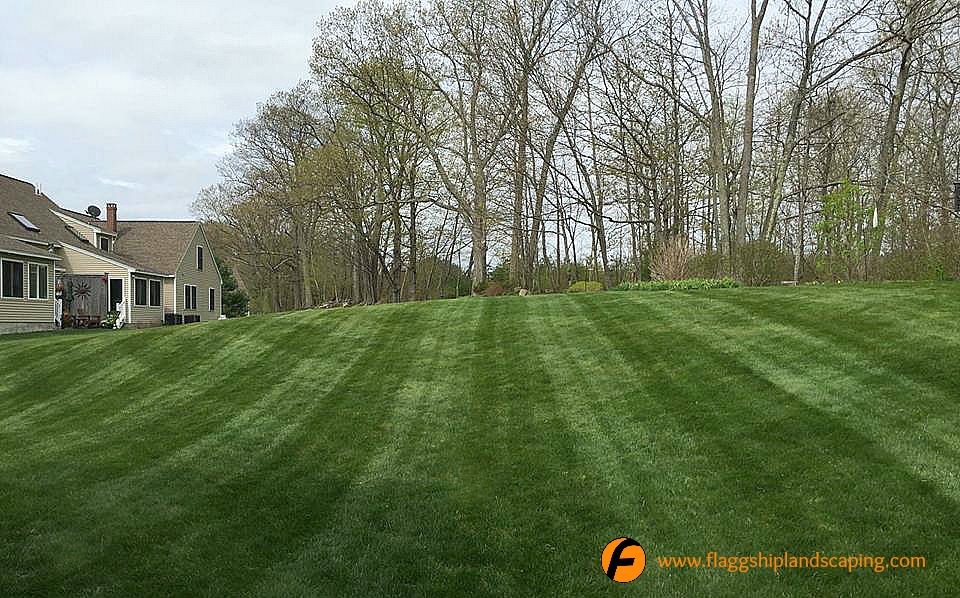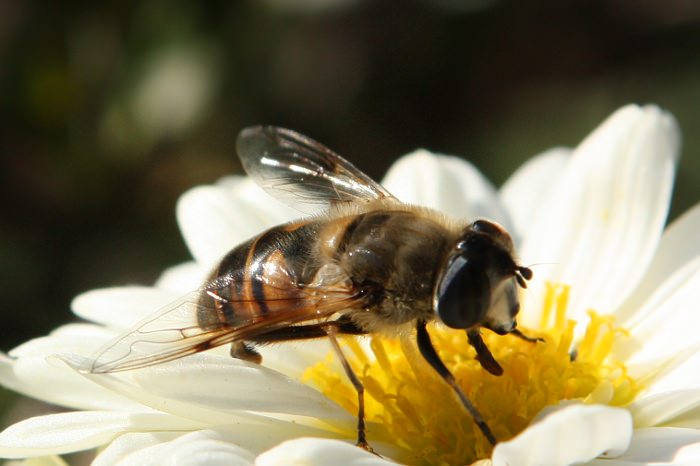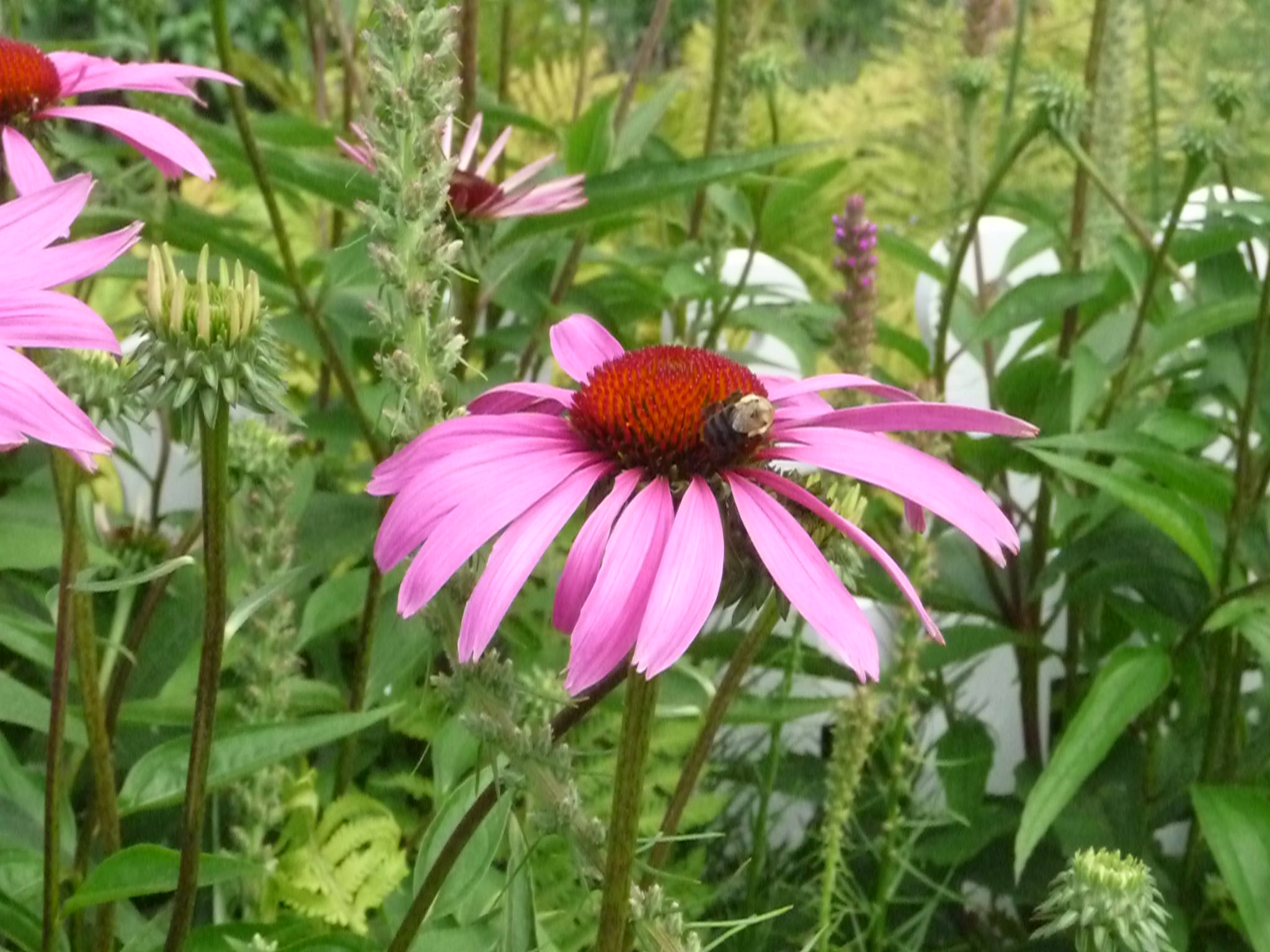With new regulations and awareness surrounding the use of pesticides and lawn care, we want to take a moment to talk about this very important subject. Whenever discussing a lawn care maintenance program with a customer, I do my best to educate them to lean towards Integrated Pest Management (IPM) when dealing with any living plant – including turf grass. This involves more than just a “spray and pray” philosophy, since a good looking lawn is 1% treatments and 99% maintenance.

Maintenance vs. Treatments
To combat most pests, proper maintenance is generally just as effective as treatments. Keep your lawn three inches tall and you can combat most weeds. Keep your lawn properly fertilized, watered, drained and aerated, and you can prevent most lawn diseases such as red thread, fairy ring and rust spot. A good thick turf will combat most weeds, and a light, periodical spot spraying is all that should ever be necessary on a healthy lawn. However, not all lawn and turf start out healthy, so additional measurements might need to be taken initially to get weed seed germination and population under control.
Trying to attract birds, toads, bats and insects to your garden can also control pests. Yes, I said “attract insects!” Many insects, like ants and spiders, clean the soil and keep the area clean of bacterial disease. Plant butterfly bushes and bee balm to attract bees, and marigolds will attract lady bugs – as well as repel mosquitoes. Consider putting up bird houses and bat houses to attract swallows and bats, and they will take care of pesky mosquitoes and moths. Cool and shady rock gardens will attract toads and other industrial insects that keep your gardens clean and help aerate the soil.
However, some “organic” measures are not effective and shouldn’t be used. For example, a beetle bag, contrary to popular belief, will actually attract Japanese Beetles to your property and to the bag. Homeowners believe these bags are effective because the result is a bag of dead beetles, but what is often overlooked is that it was like an open invite for the beetles – and they ate and partied their way to the bag.
Limiting Pesticides
We have talked about controlling weeds, pests and disease — without one treatment of pesticides. So the question is: Should pesticides ever be used?
Pesticides have their place. If there is an outbreak of a crop or turf destroying insect, such as chinch bugs, sod-web worms, army worms or Japanese beetles – it is imperative that proper preventative and post-emergent measures are taken quickly to keep the turf strong and vital, so it is healthy enough to ward off intruders. Army worms can eat 1,000 square feet of lawn in hours, decimating the turf, and the roots. Having routine inspections by a licensed professional is a good way to make sure your lawn stays health. These professionals can track insect activity, take note of hatches, and if pesticides are needed, they can apply the proper pesticide at it’s proper rate. When you use a professional, you do not have to handle the pesticide, mix the chemicals, or store the chemicals, greatly reducing the risk to you, your family, and your environment.
Whenever possible, it is best to create a bio-diversified environment where all insects, birds, toads, and plants can help create a strong, healthy environment. In short, the best bet is proper plantings, proper maintenance, a little fertilizer, aeration, overseeding, treatments as needed, and loving care. With a bio-diversified environment, you can greatly reduce, if not eliminate completely, the use of pesticides on your property. If you prefer not to use a lot of pesticides (or none at all) it is imperative that proper landscaping maintenance is taking place so you are giving the environment the help it needs to stay healthy, rich and vital.





Recent Comments